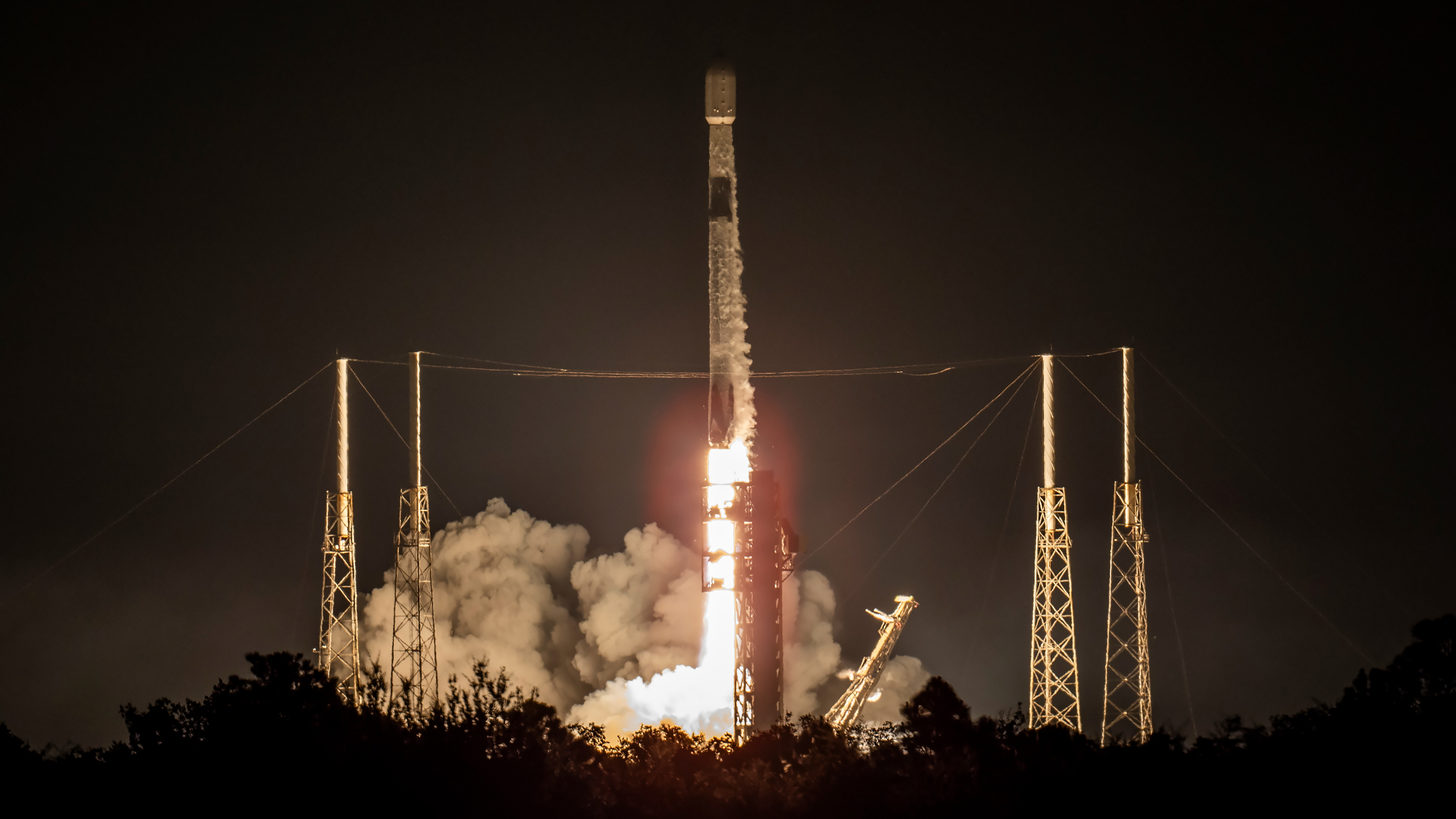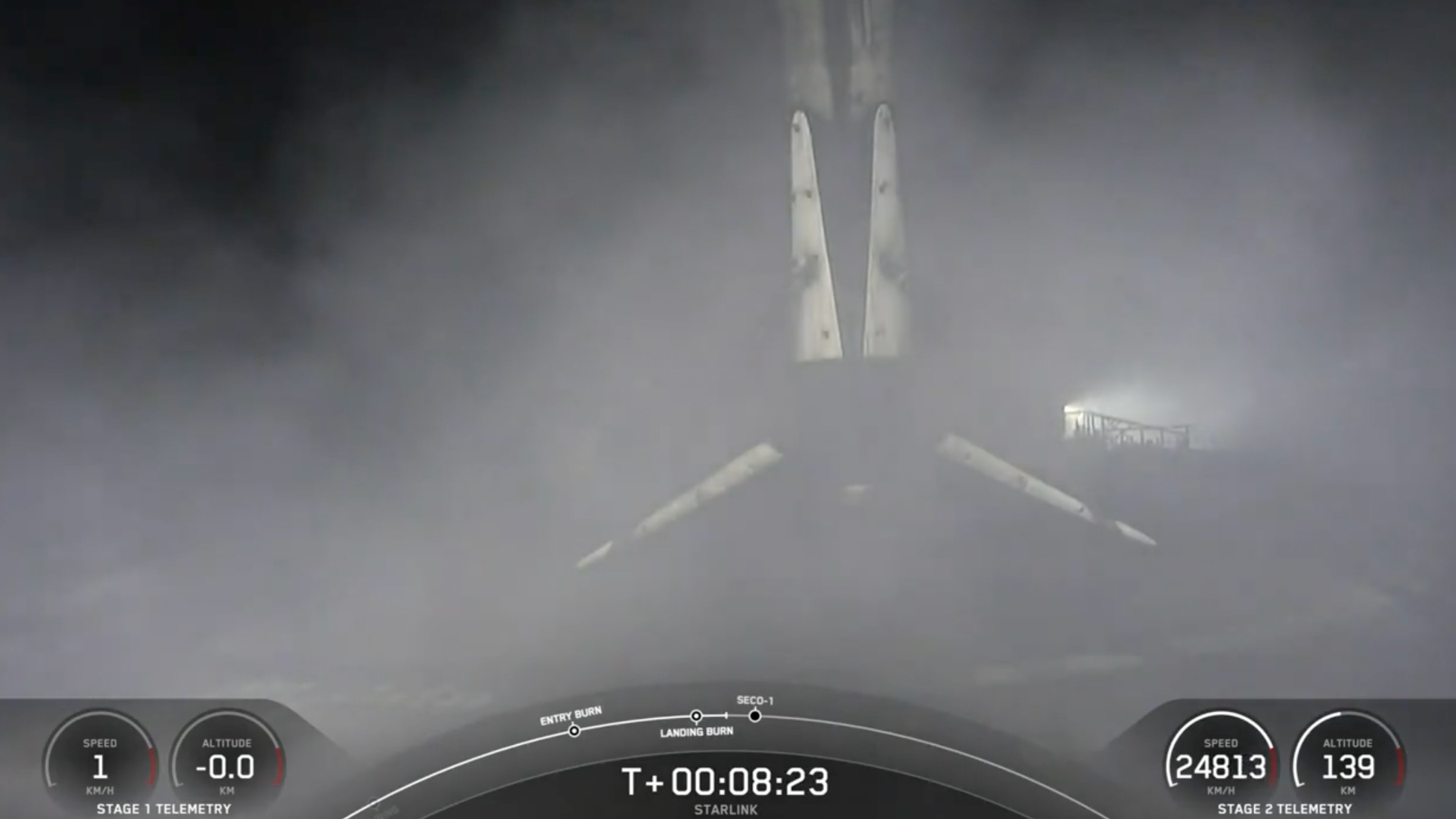SpaceX has regained its stride after a failure earlier this month.
The company launched two missions on Sunday morning (July 28), lofting batches of its Starlink internet satellites from both coasts atop Falcon 9 rockets less than five hours apart.
The two liftoffs came about 24 hours after a Saturday morning (July 27) Falcon 9 launch, which was the vehicle’s return-to-flight mission after a July 11 failure.

Sunday’s first launch occurred at 1:09 a.m. EDT (0509), when a Falcon 9 topped with 23 Starlink satellites lifted off from Cape Canaveral Space Force Station in Florida. It was the 14th mission for this Falcon 9 first stage and the 300th reflight of a SpaceX booster overall, the company wrote in an X post on Sunday morning.
Related: Starlink satellite train: how to see and track it in the night sky
Then, at 5:22 a.m. EDT (0922 GMT; 1:22 a.m. local California time), the company sent a Falcon 9 up from California’s Vandenberg Space Force Base. This rocket carried 21 Starlink satellites, 13 of which can beam service directly to cell phones.
Both missions were fully successful, according to SpaceX. The rockets’ first stages aced their landings on ships at sea, and their upper stages deployed the Starlink satellites into low Earth orbit as planned.

The July 11 mishap — the first in-flight failure for a Falcon 9 since June 2015 — occurred when the upper stage sprang a leak of liquid oxygen, which prevented it from performing a planned orbit-raising burn. The rocket’s payload, 20 Starlink satellites, were deployed too low as a result.
SpaceX traced the cause of the leak to a crack in a line for a pressure sensor in the liquid-oxygen system. And the company has taken measures to prevent the problem from happening again.
“For near-term Falcon launches, the failed sense line and sensor on the second-stage engine will be removed,” SpaceX wrote in an anomaly update on Thursday afternoon (July 25). “The sensor is not used by the flight safety system and can be covered by alternate sensors already present on the engine.”
Join our Space Forums to keep talking space on the latest missions, night sky and more! And if you have a news tip, correction or comment, let us know at: community@space.com.
Note: This article have been indexed to our site. We do not claim legitimacy, ownership or copyright of any of the content above. To see the article at original source Click Here











